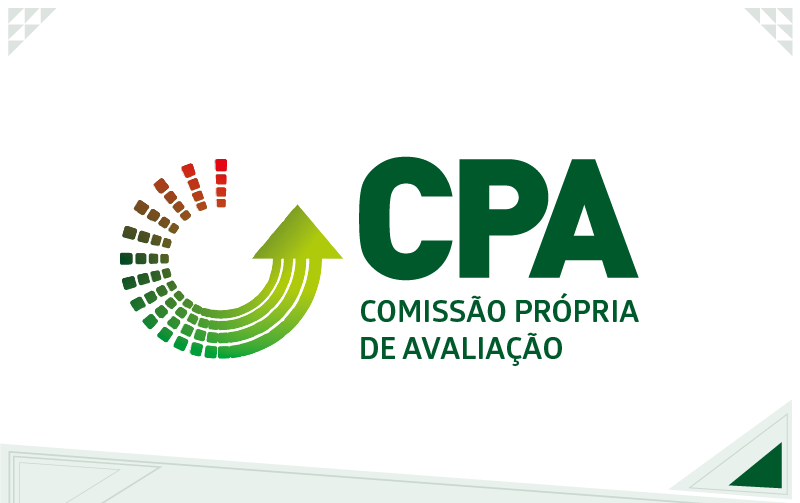Introduction
Comissão Própria de Avaliação: In the ever-evolving landscape of higher education, maintaining quality and fostering continuous improvement is paramount. Enter the Comissão Própria de Avaliação (CPA), a pivotal entity within educational institutions in Brazil. But what exactly is a CPA, and why is it so important? In this comprehensive guide, we’ll explore the ins and outs of CPA, its impact on educational quality, and its role in shaping the future of higher education.
What is a Comissão Própria de Avaliação (CPA)?
Comissão Própria de Avaliação: The Comissão Própria de Avaliação (CPA) translates to Self-Evaluation Commission in English. It’s an internal body within Brazilian higher education institutions responsible for evaluating various aspects of the institution’s performance. Established by law, the CPA’s primary aim is to ensure that educational institutions maintain high standards of quality and accountability.
History of CPA
The concept of CPA emerged in response to the growing need for quality assurance in higher education. The Brazilian government, recognizing the importance of self-regulation and continuous improvement, mandated the creation of CPAs through legislation in the early 2000s. Over the years, CPAs have evolved, adapting to new educational paradigms and technological advancements.
Objectives of CPA
Enhancing Educational Quality
Comissão Própria de Avaliação: One of the main goals of CPA is to enhance the overall quality of education provided by institutions. By conducting regular evaluations, CPAs help identify areas of strength and areas needing improvement.
Promoting Institutional Transparency
CPAs play a crucial role in promoting transparency within educational institutions. By making evaluation results public, they help build trust among stakeholders, including students, parents, and regulatory bodies.
Facilitating Continuous Improvement
Comissão Própria de Avaliação: Continuous improvement is at the heart of CPA activities. Through systematic evaluations and feedback mechanisms, CPAs ensure that institutions are constantly evolving and adapting to meet the needs of their students and the demands of the education sector.
The Structure of CPA
Composition of the Commission
A typical CPA comprises members from various segments of the institution, including faculty, administrative staff, students, and sometimes external members. This diverse composition ensures a holistic evaluation process.

Roles and Responsibilities
Each member of the CPA has specific roles and responsibilities, from data collection and analysis to reporting findings and recommending improvements. The collaborative effort ensures comprehensive assessments and effective action plans.
Processes Involved in CPA
Data Collection and Analysis
Comissão Própria de Avaliação: CPAs use a variety of methods to collect data, including surveys, interviews, and institutional records. The data is then analyzed to identify trends, strengths, and areas for improvement.
Reporting and Feedback Mechanisms
Once the data is analyzed, CPAs prepare detailed reports outlining their findings. These reports are shared with institutional leadership and other stakeholders, who use the insights to make informed decisions.
How CPA Improves Educational Quality
Identifying Strengths and Weaknesses
Comissão Própria de Avaliação: Through thorough evaluations, CPAs help institutions pinpoint their strengths and weaknesses. This information is critical for strategic planning and resource allocation.
Implementing Improvement Plans
Based on CPA recommendations, institutions develop and implement improvement plans. These plans are monitored and adjusted as necessary to ensure they achieve the desired outcomes.
Legal and Regulatory Requirements
National Guidelines and Standards
CPAs operate within a framework of national guidelines and standards. These regulations ensure consistency and quality across all higher education institutions in Brazil.
Compliance and Accountability
Comissão Própria de Avaliação: Compliance with CPA requirements is mandatory for accreditation and funding. Institutions that fail to comply risk losing their accreditation and facing other penalties.
Challenges Faced by CPA
Common Obstacles
CPAs face several challenges, including limited resources, resistance to change, and data collection difficulties. These obstacles can hinder the effectiveness of the evaluation process.
Strategies to Overcome Challenges
To overcome these challenges, CPAs need to adopt innovative strategies, such as leveraging technology, fostering a culture of continuous improvement, and ensuring stakeholder engagement.
Best Practices for CPA Implementation
Effective Methodologies
Comissão Própria de Avaliação: Successful CPAs use a mix of quantitative and qualitative methods to gather comprehensive data. They also ensure regular communication with all stakeholders throughout the evaluation process.
Case Studies of Successful CPAs
Institutions with successful CPAs often share their best practices and lessons learned. These case studies provide valuable insights and inspiration for other institutions looking to improve their CPA processes.
The Role of Technology in CPA
Digital Tools and Platforms
Technology plays a crucial role in modern CPA activities. Digital tools and platforms streamline data collection, analysis, and reporting, making the evaluation process more efficient and effective.
Future Trends in CPA Technology
Comissão Própria de Avaliação: Looking ahead, we can expect to see more advanced technologies, such as artificial intelligence and machine learning, being integrated into CPA processes. These innovations will further enhance the accuracy and efficiency of evaluations.
Case Studies
Successful Implementations of CPA
Several institutions in Brazil have successfully implemented CPAs, resulting in significant improvements in educational quality and institutional transparency. These success stories serve as benchmarks for others.
Lessons Learned from Various Institutions
From these case studies, we learn that stakeholder engagement, continuous training, and a clear vision are key to successful CPA implementation.
Impact of CPA on Students and Faculty
Benefits for Students
For students, CPAs mean a higher quality of education, more transparent processes, and a voice in institutional decisions. This leads to a more engaging and satisfying educational experience.
Benefits for Faculty and Staff
Faculty and staff benefit from CPAs through professional development opportunities, better resource allocation, and a collaborative work environment focused on continuous improvement.
Future of CPA
Emerging Trends
Emerging trends in CPA include increased use of technology, greater emphasis on student feedback, and more collaborative evaluation processes.
Predictions for the Future
As higher education continues to evolve, CPAs will play an even more critical role in ensuring quality and accountability. We can expect to see more innovative approaches and tools being adopted to enhance the effectiveness of CPAs.
Conclusion
Comissão Própria de Avaliação: In conclusion, the Comissão Própria de Avaliação is a vital component of Brazil’s higher education system. It ensures that institutions maintain high standards of quality, transparency, and continuous improvement. As we look to the future, the role of CPAs will only become more important, driving innovation and excellence in education.
FAQs
What is the main goal of CPA?
The main goal of CPA is to enhance the quality of education and ensure institutional accountability through systematic evaluations and continuous improvement processes.
How does CPA benefit students?
CPA benefits students by ensuring high educational standards, promoting transparency, and providing opportunities for students to participate in the evaluation process, ultimately leading to a more enriching educational experience.
What are the main challenges in implementing CPA?
The main challenges in implementing CPA include limited resources, resistance to change, and difficulties in data collection. Overcoming these obstacles requires innovative strategies and stakeholder engagement.
How can technology support CPA activities?
Technology supports CPA activities by streamlining data collection, analysis, and reporting processes. Advanced tools and platforms make evaluations more efficient and accurate.
What does the future hold for CPA?
The future of CPA looks promising, with emerging trends like increased use of technology, greater emphasis on student feedback, and more collaborative evaluation processes set to enhance the effectiveness of CPAs.



